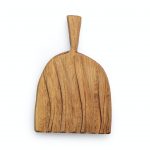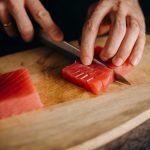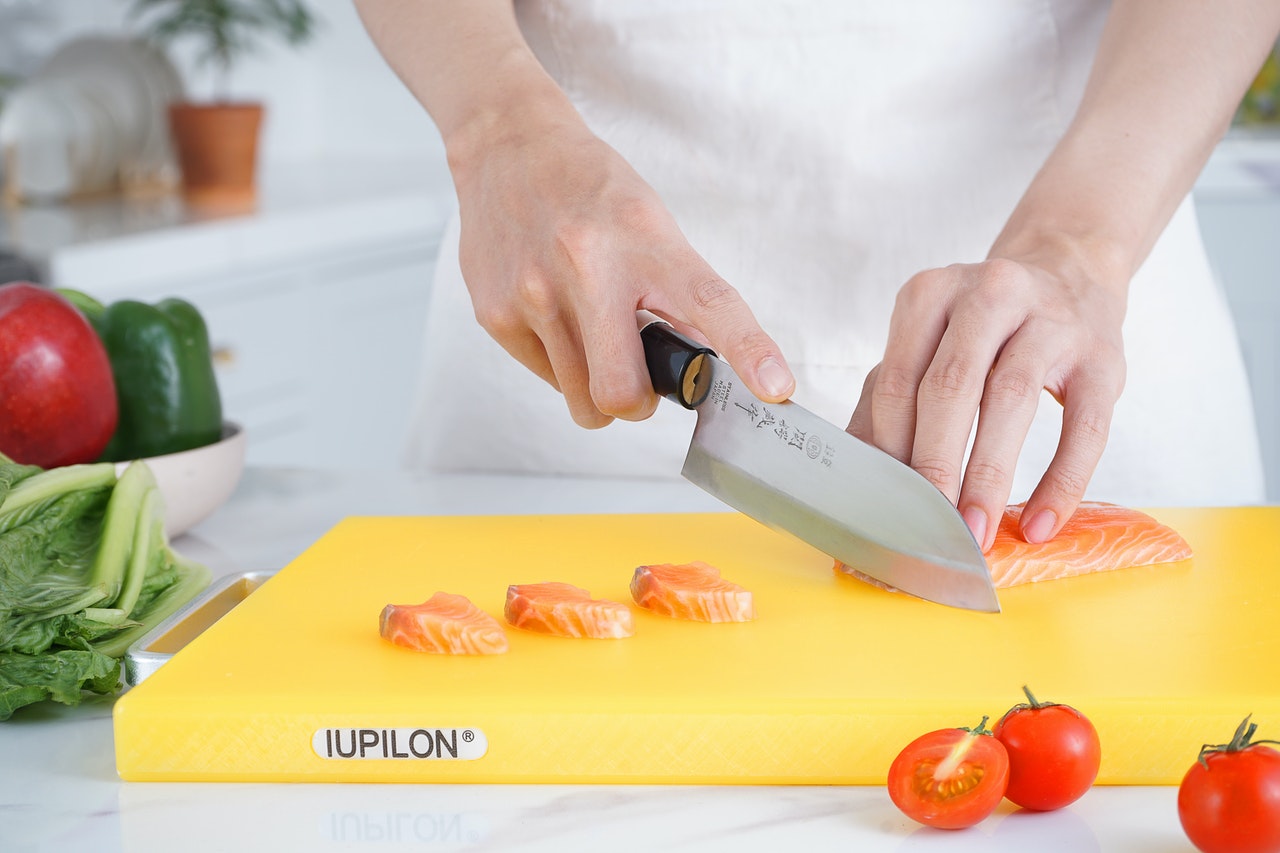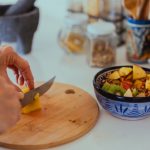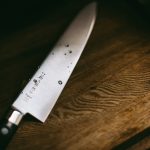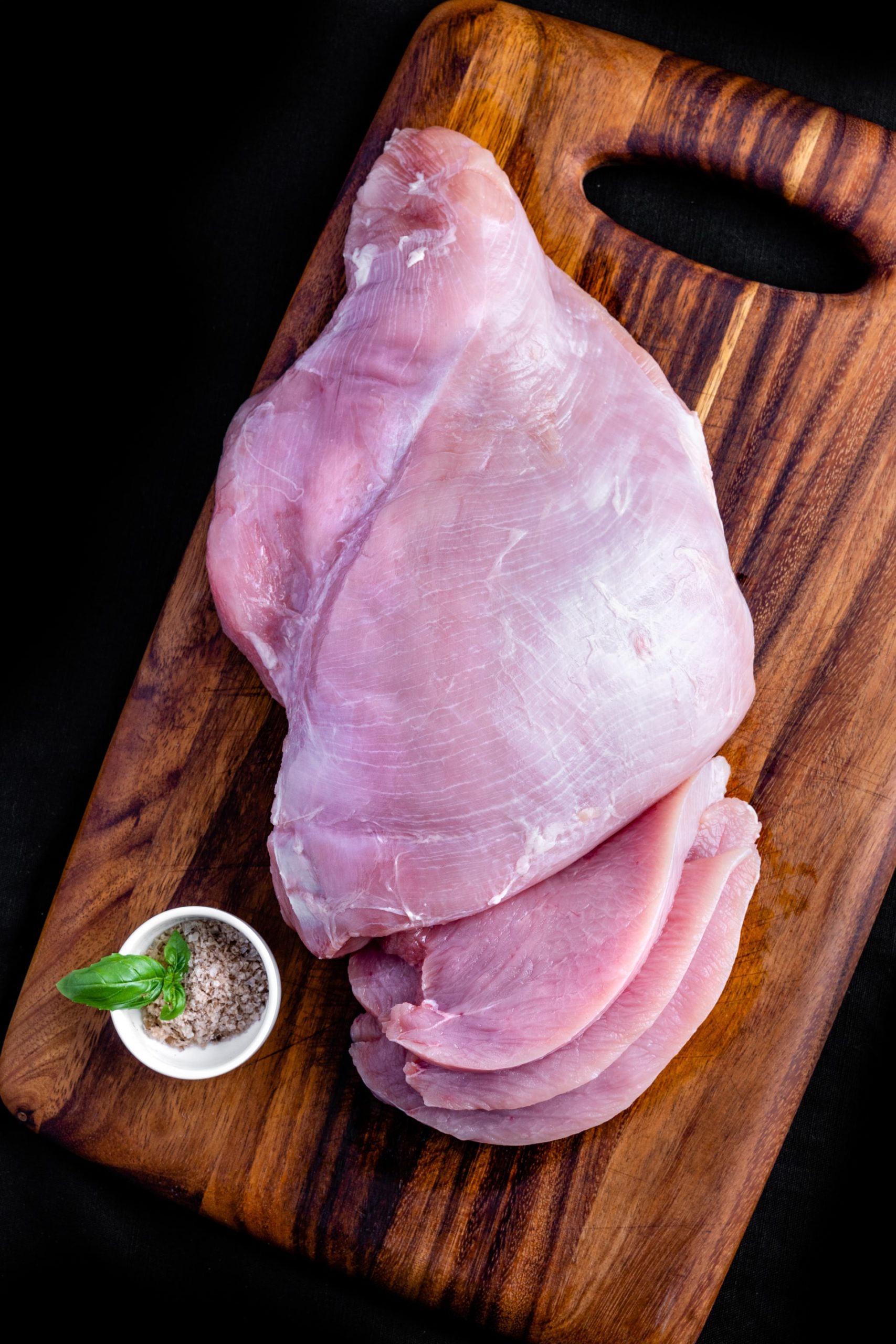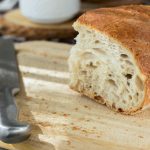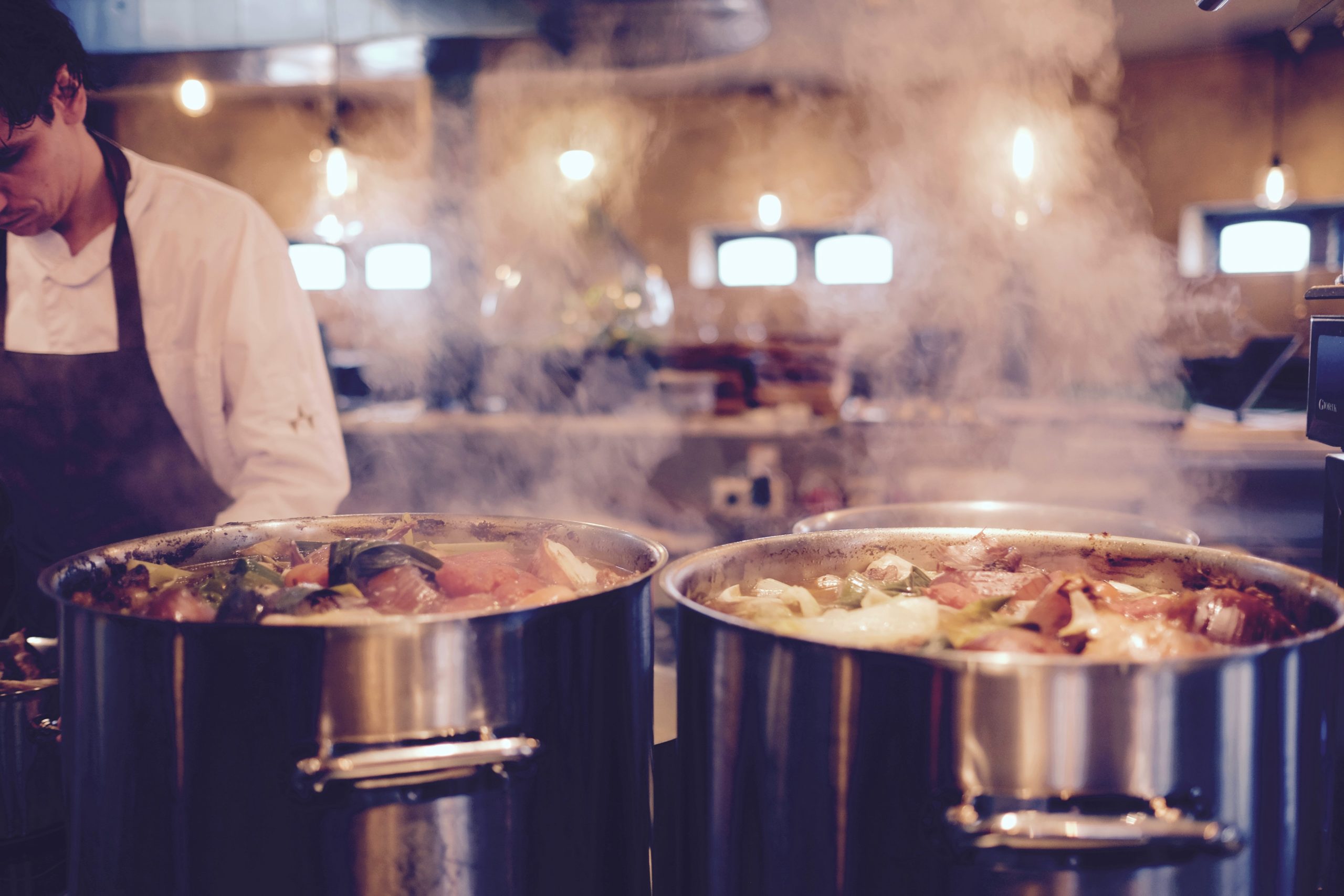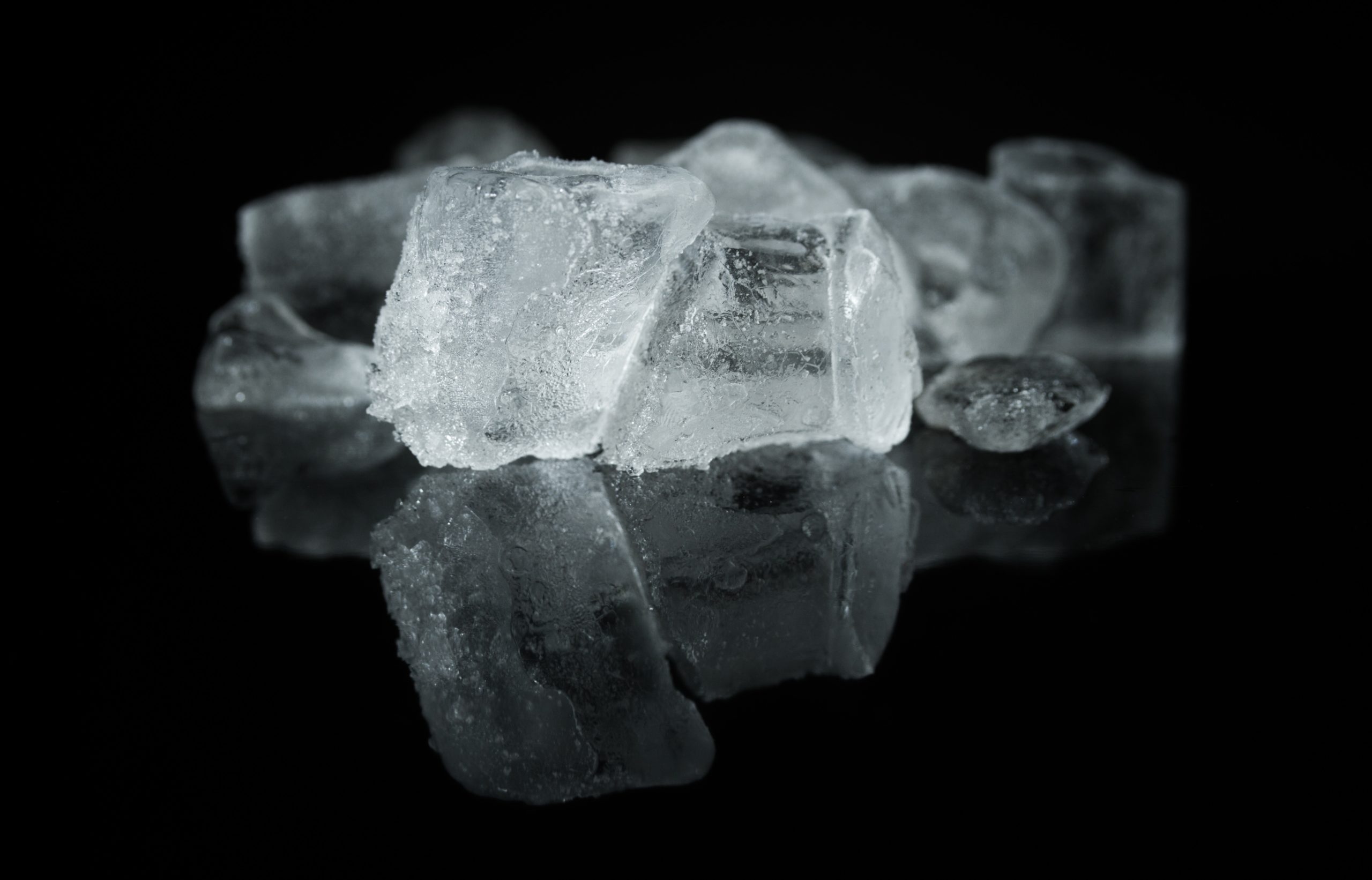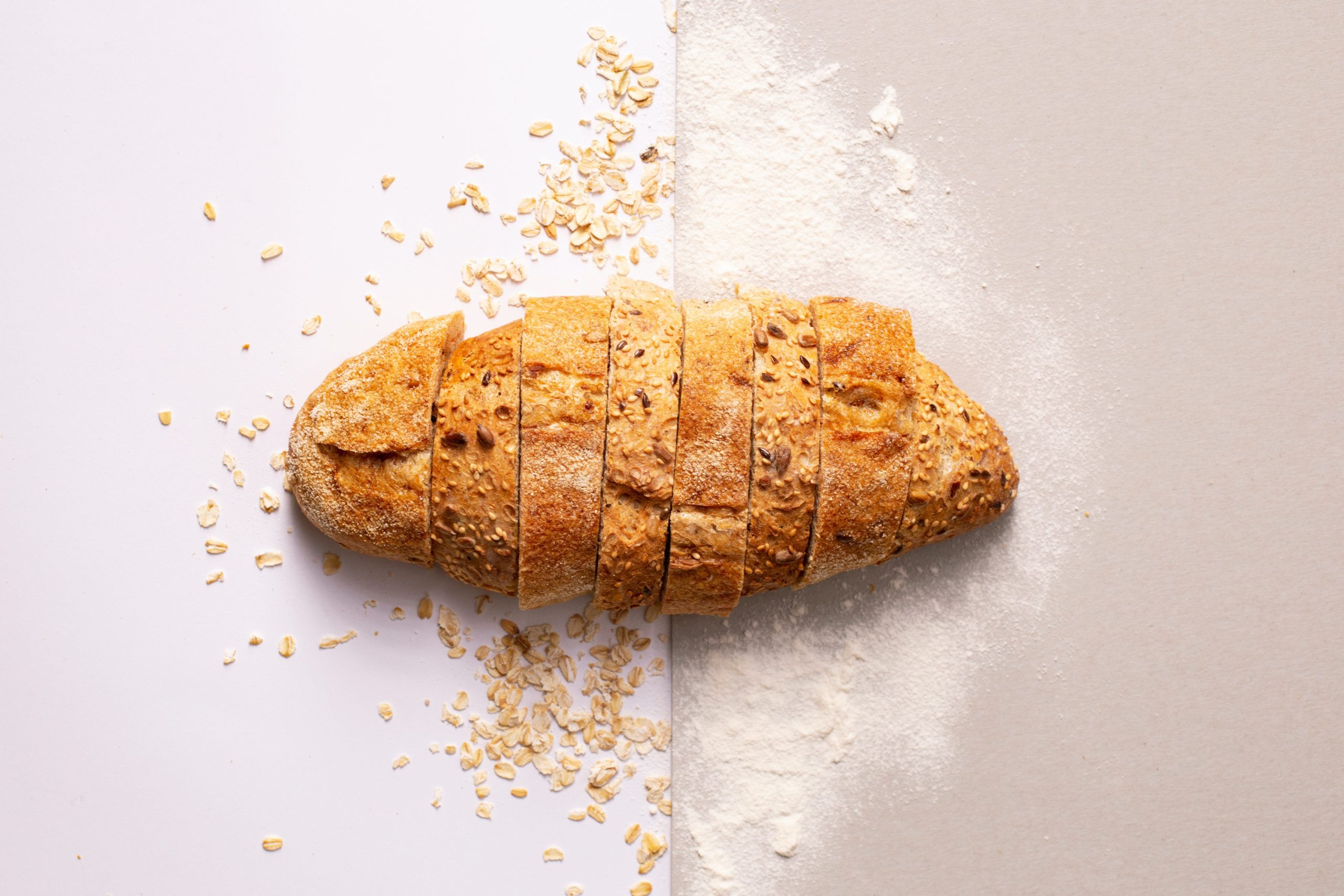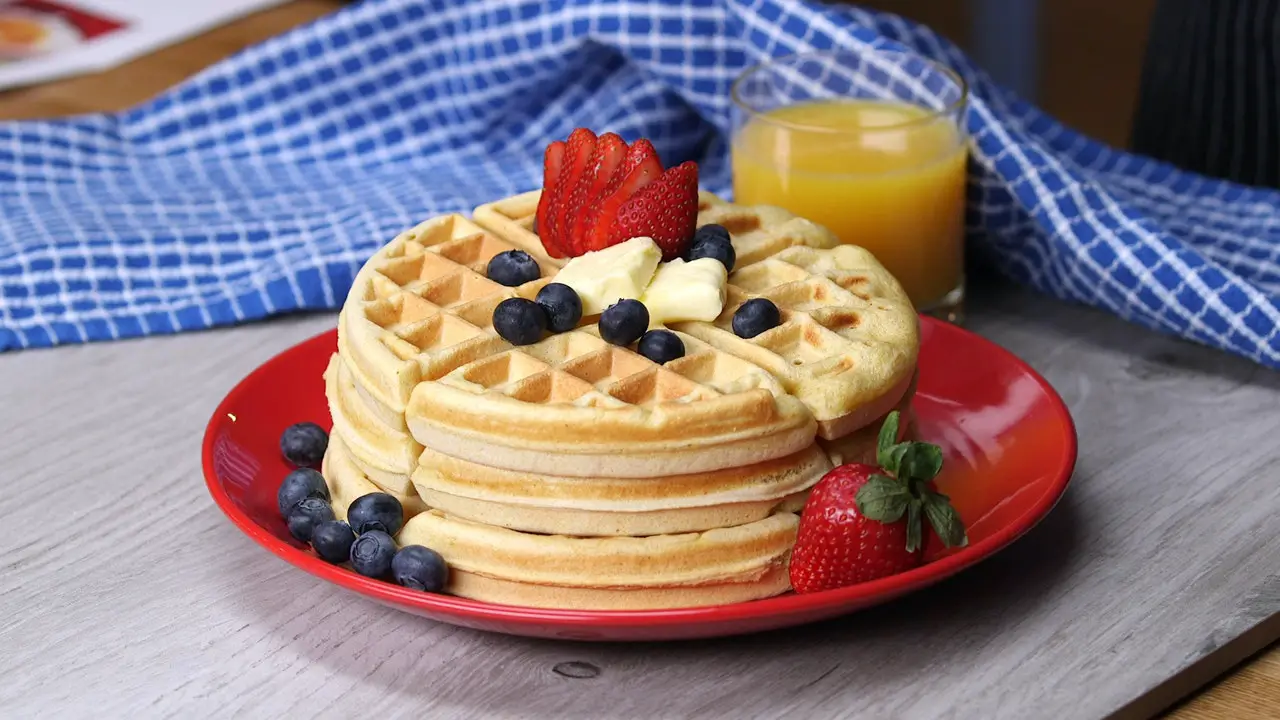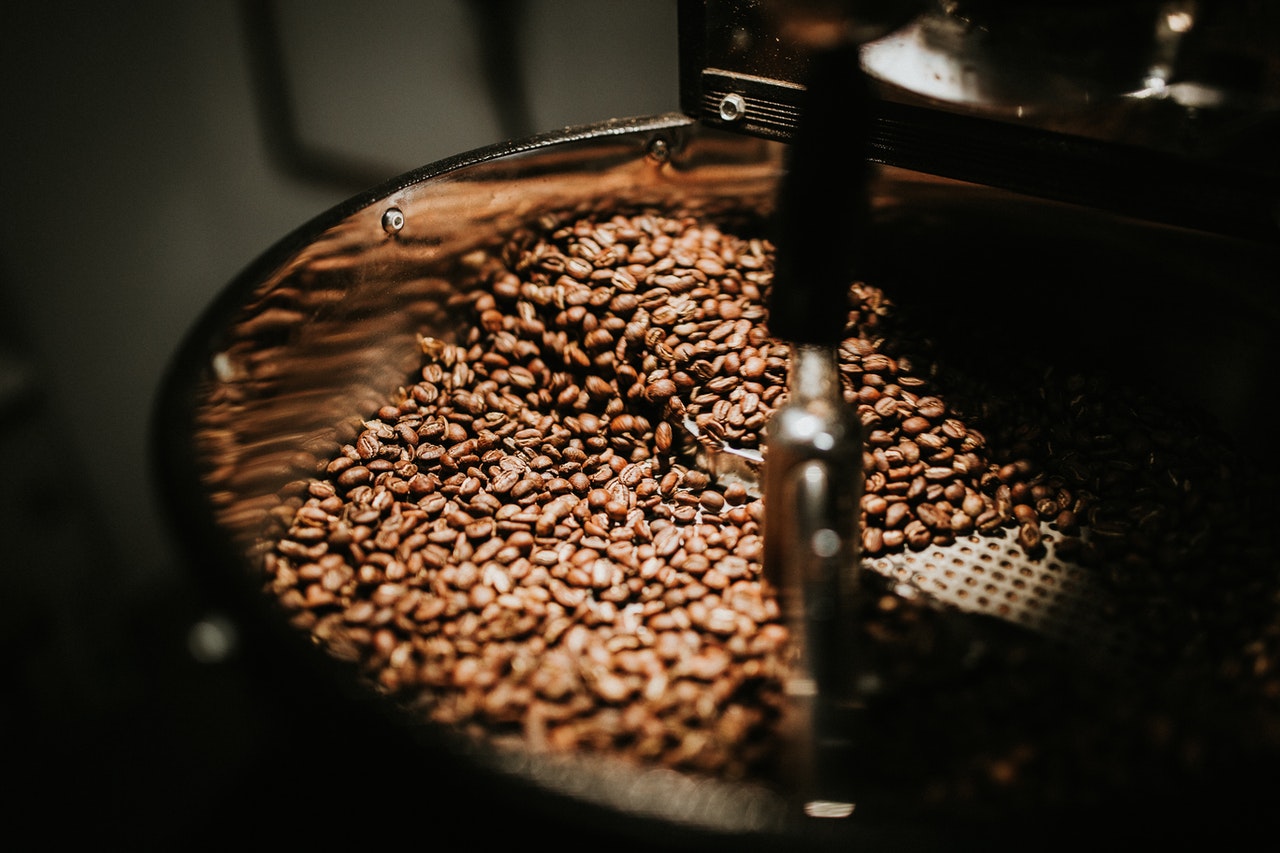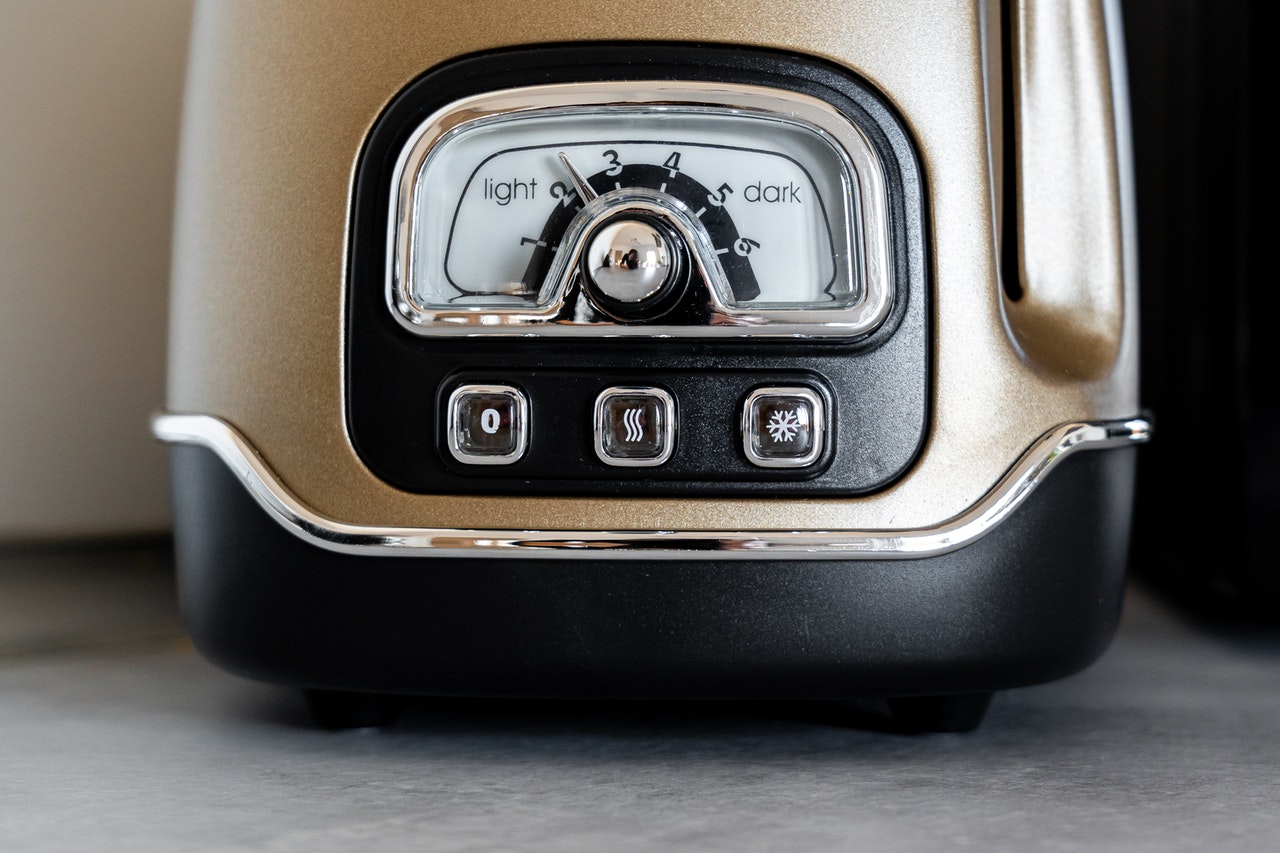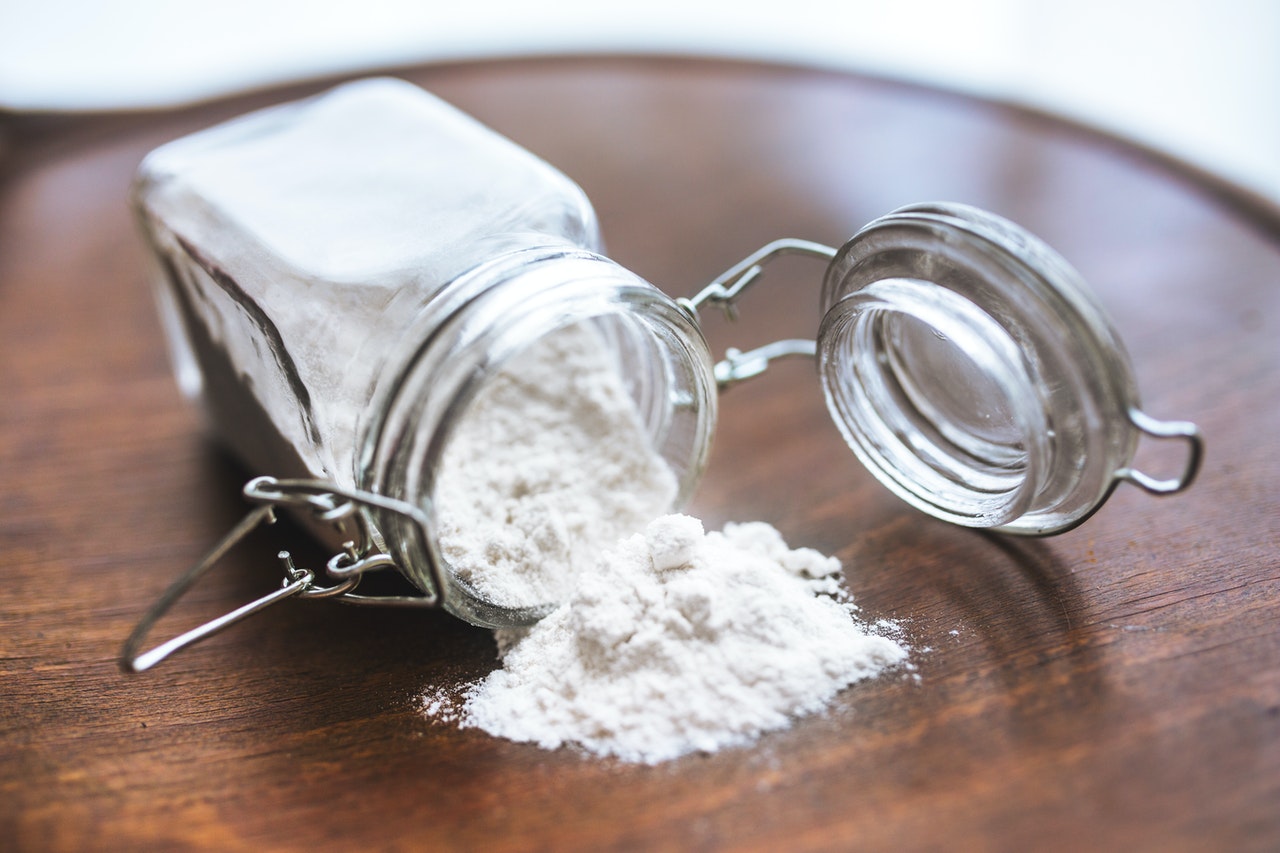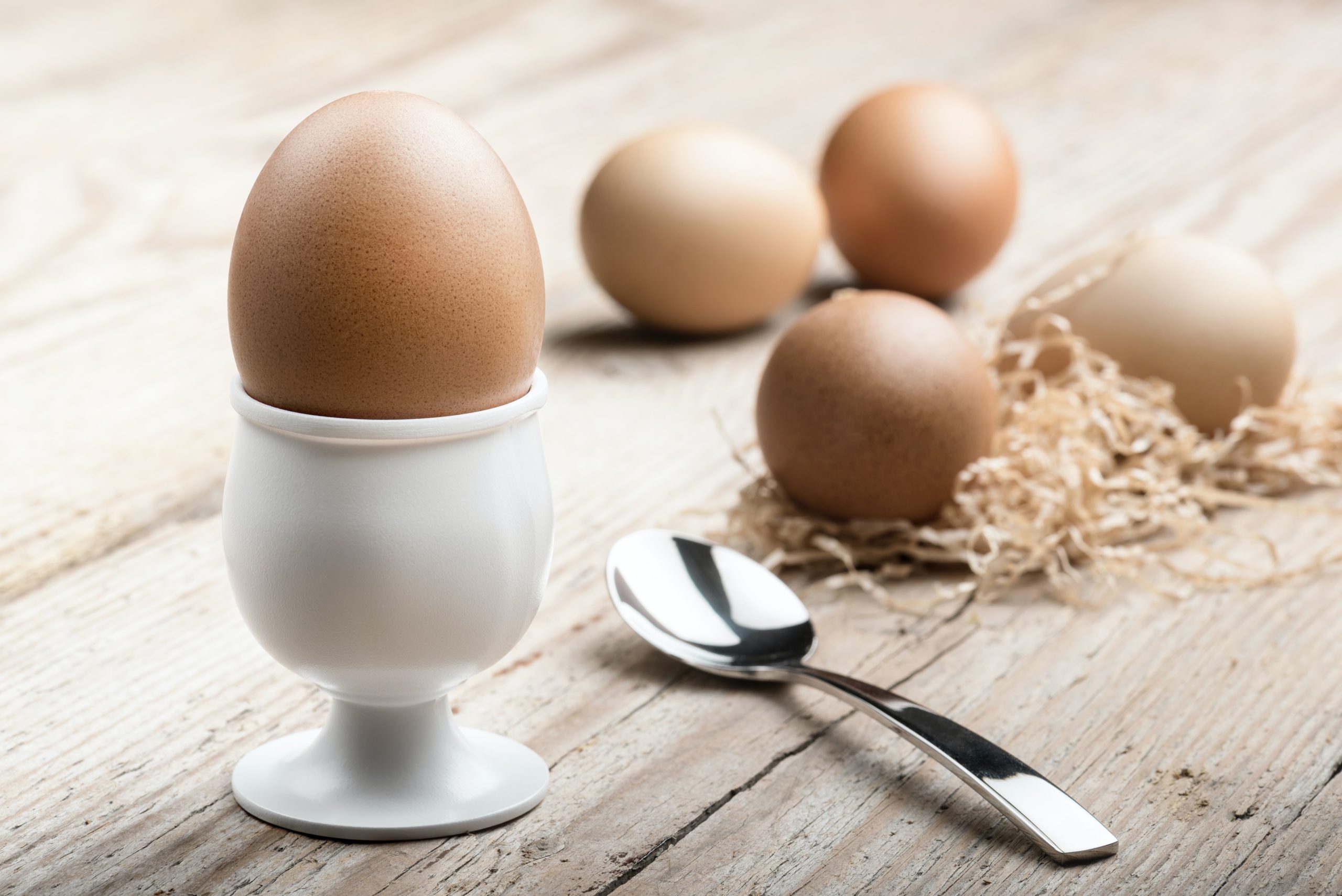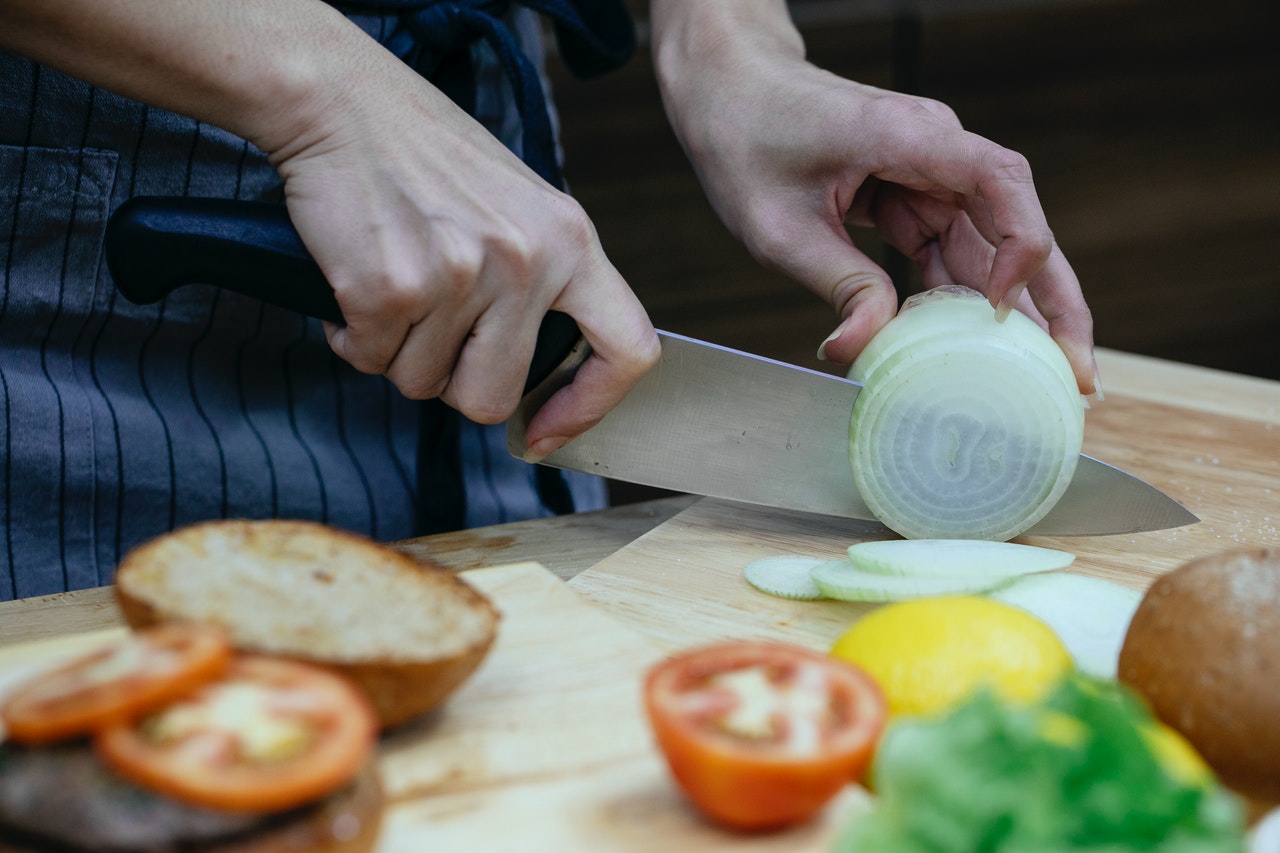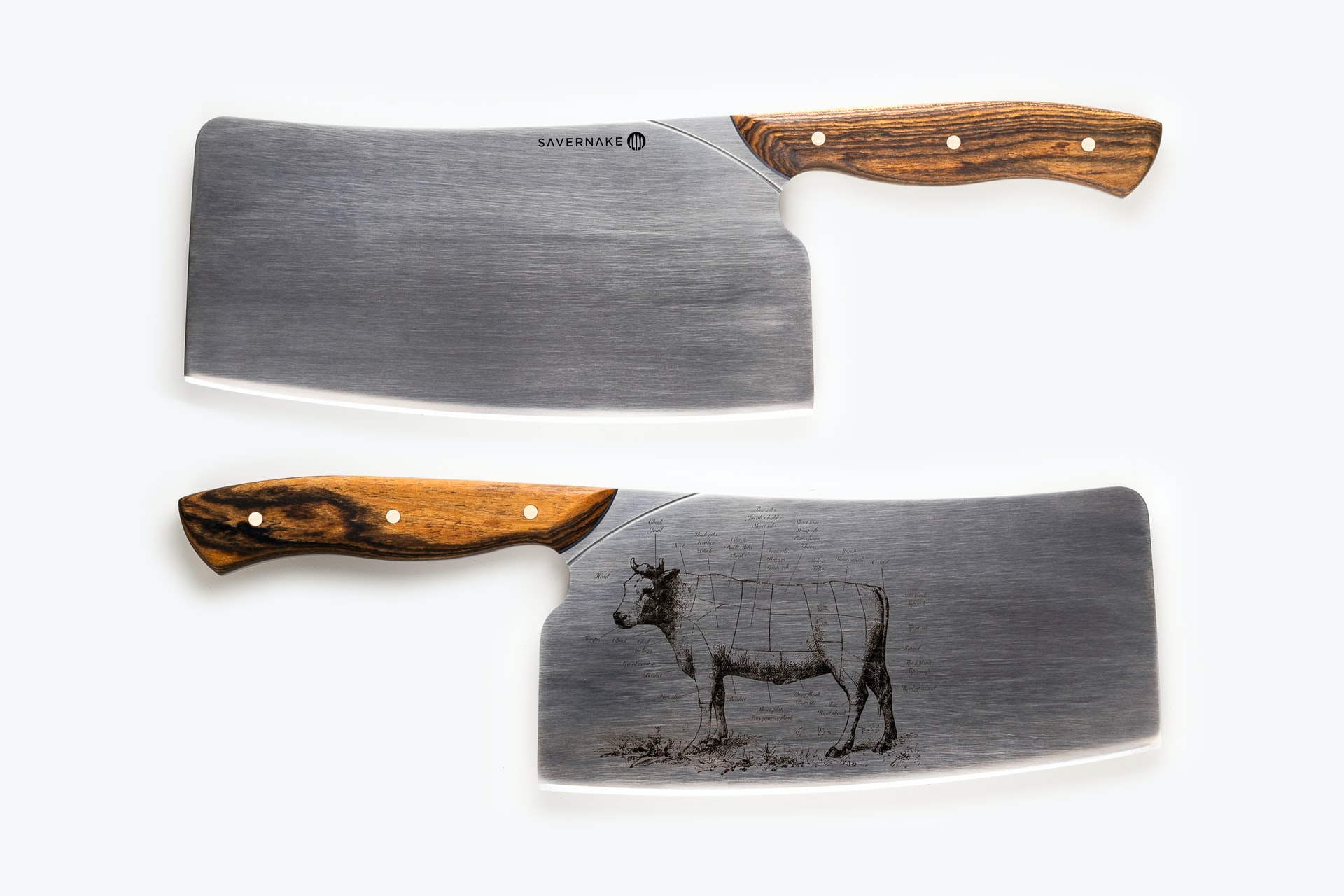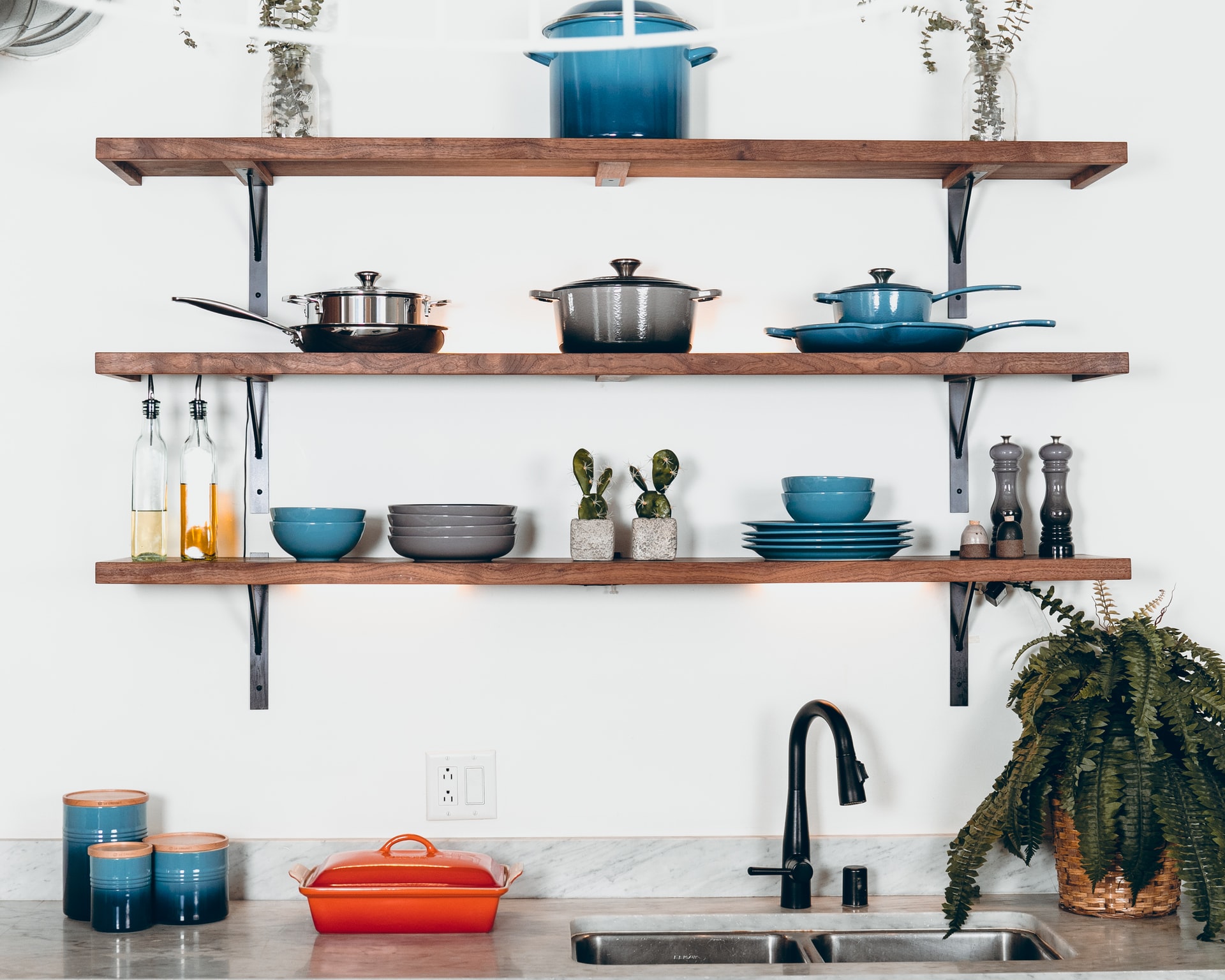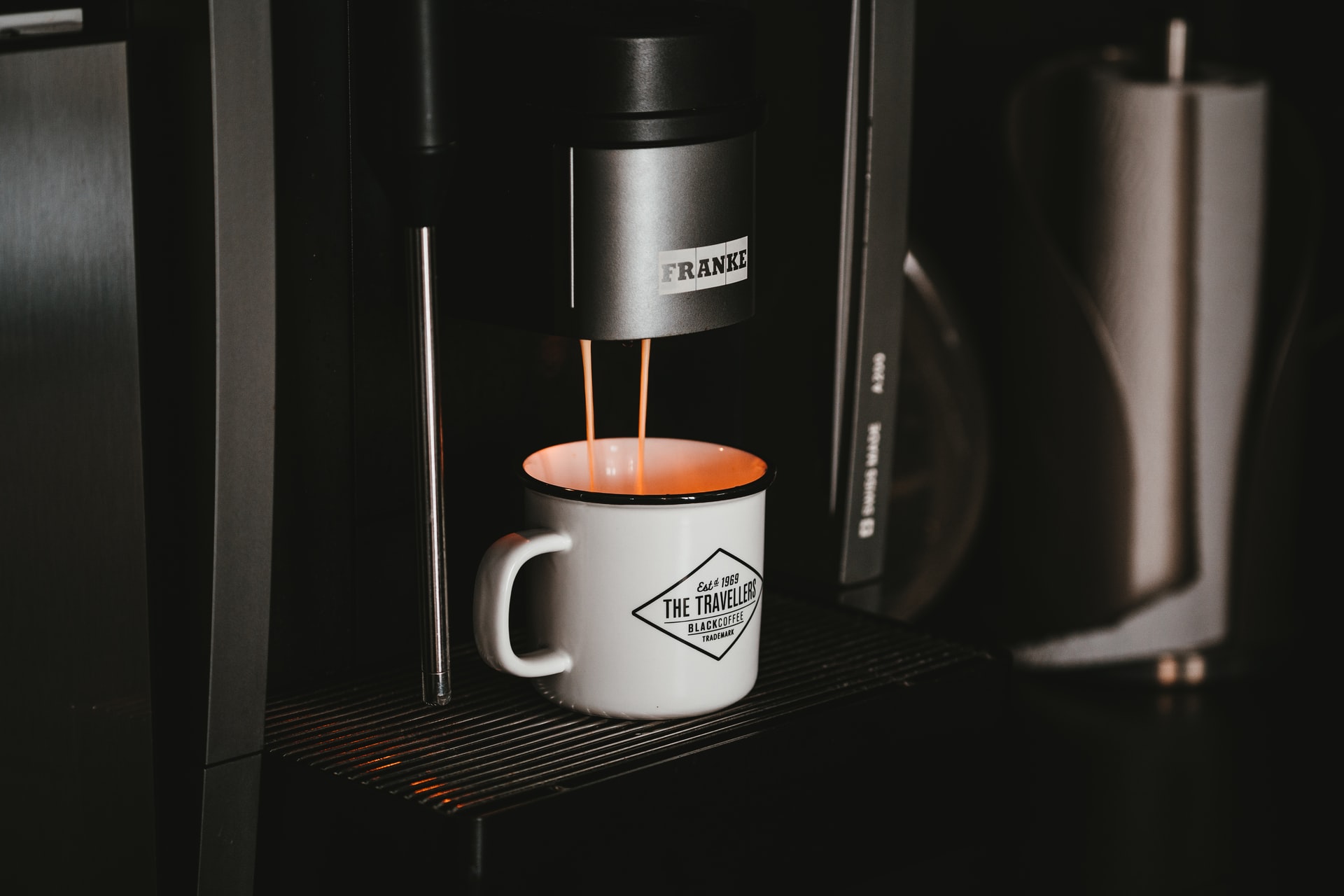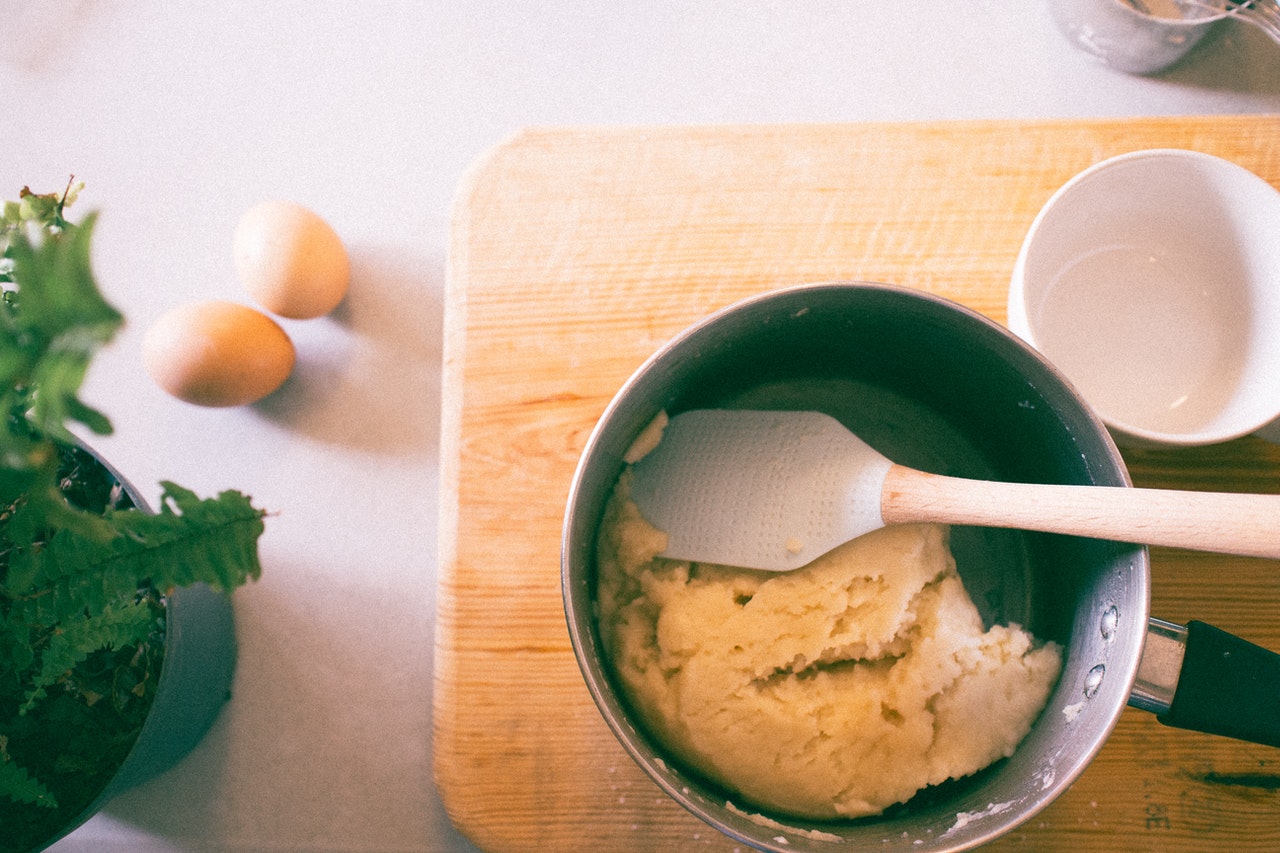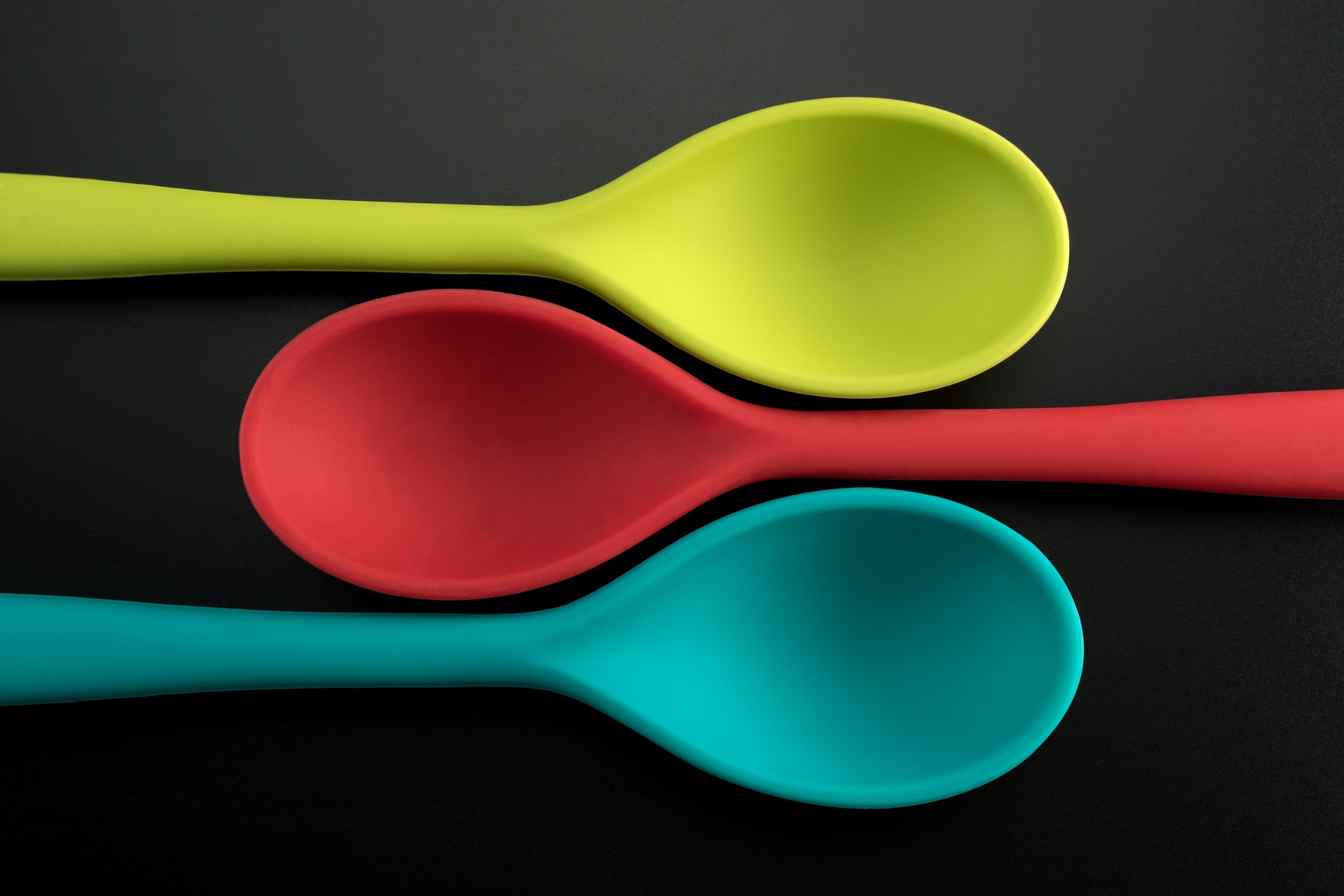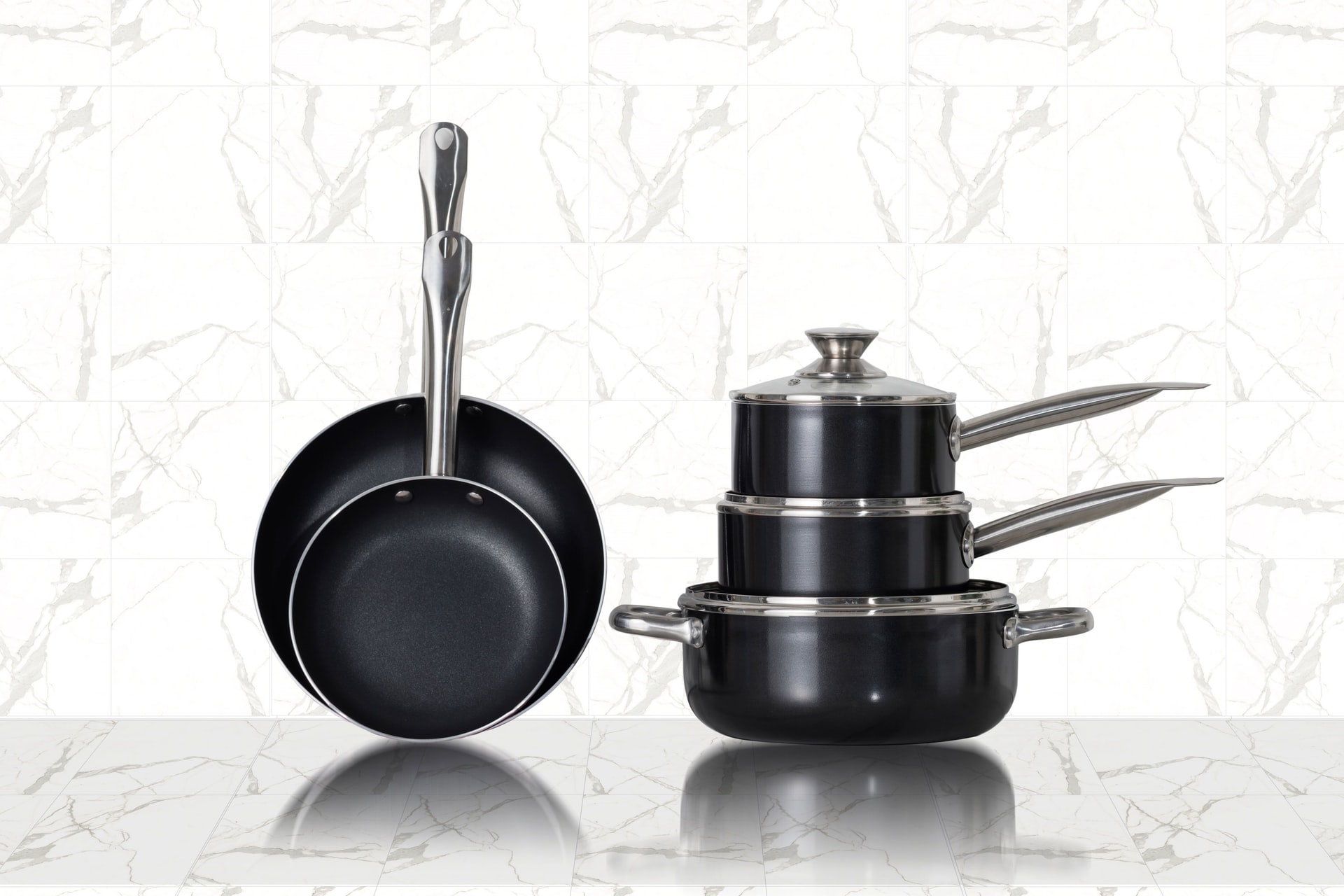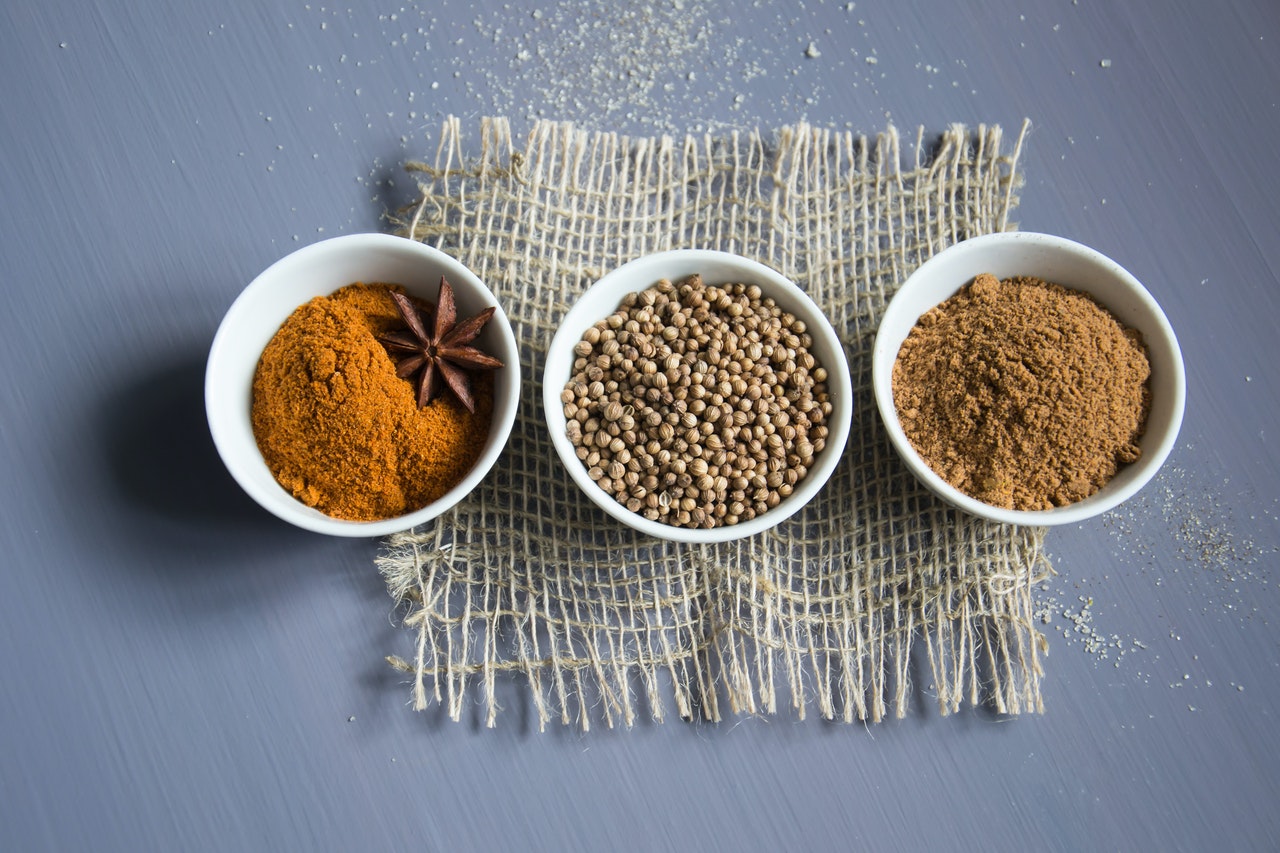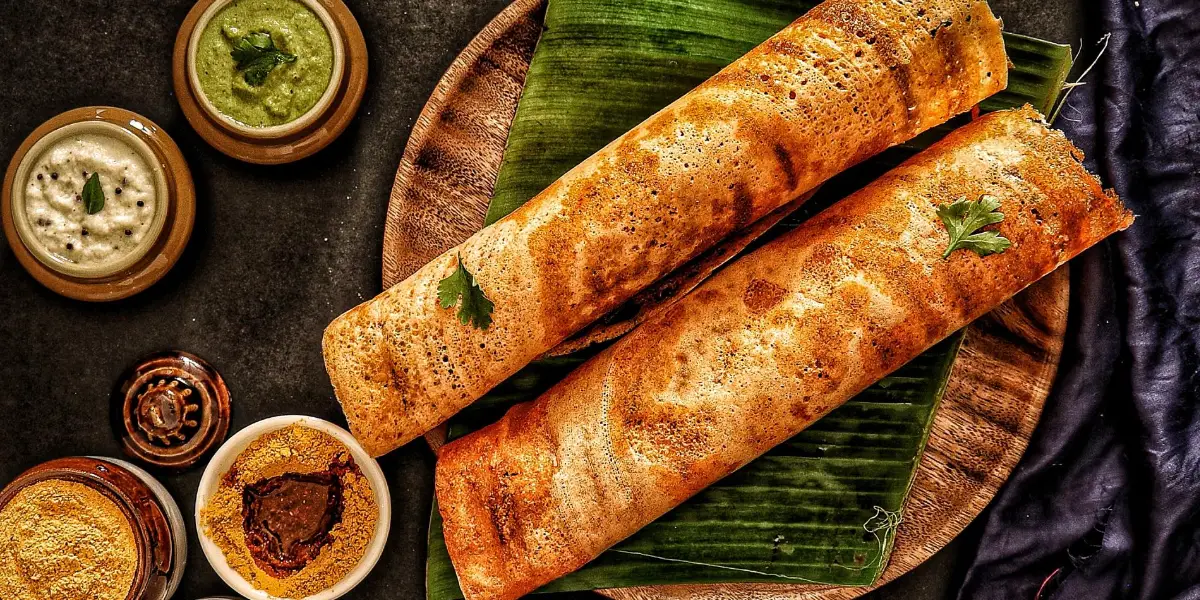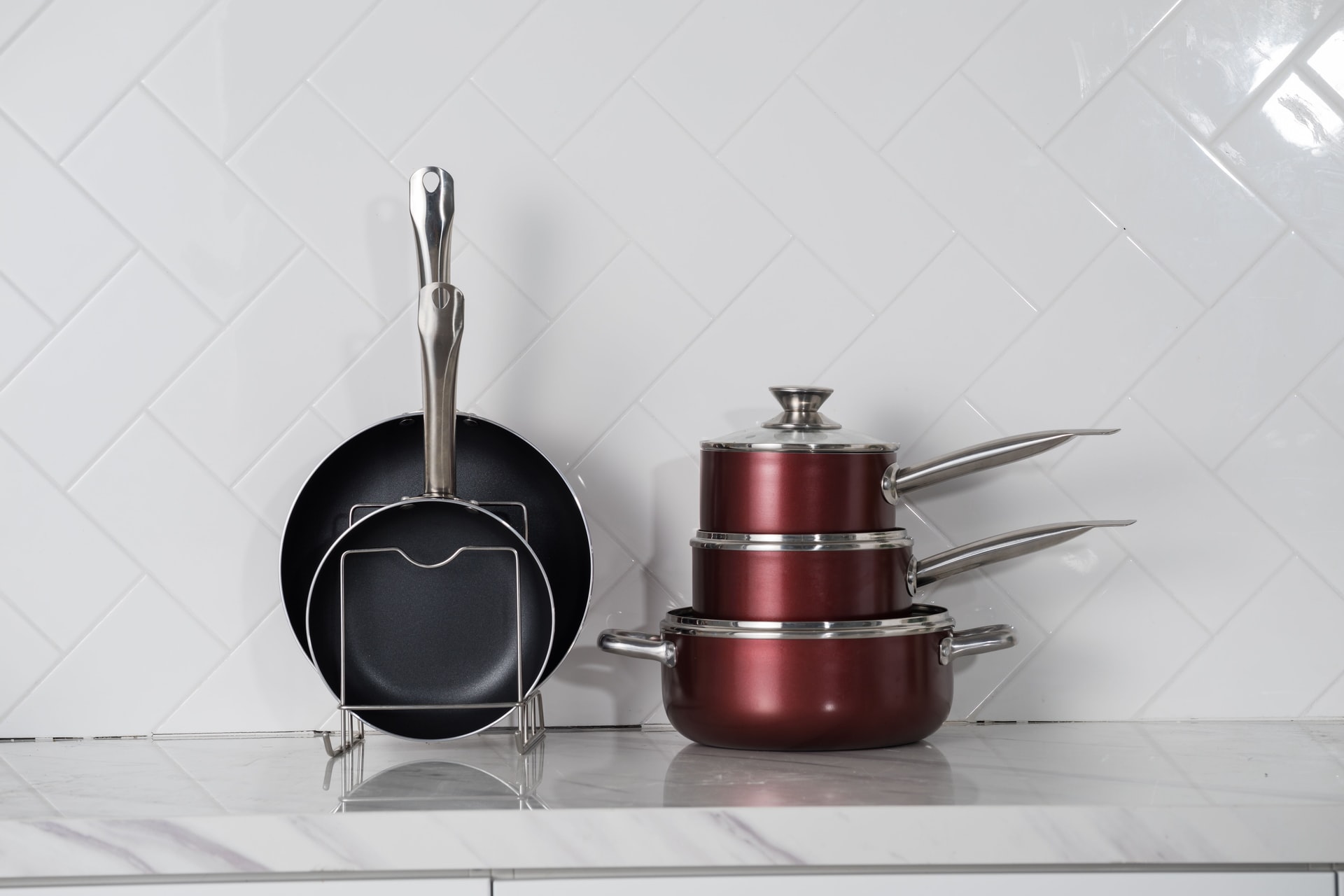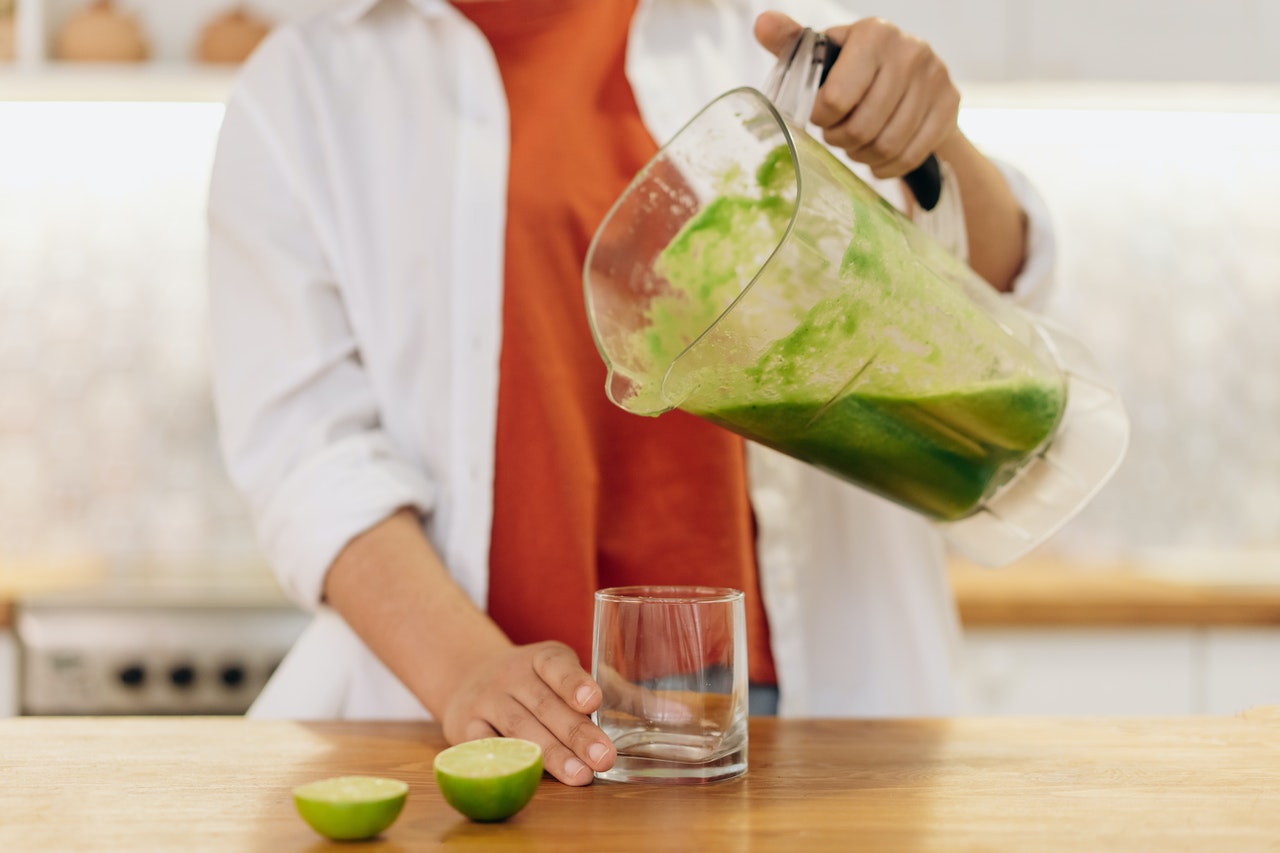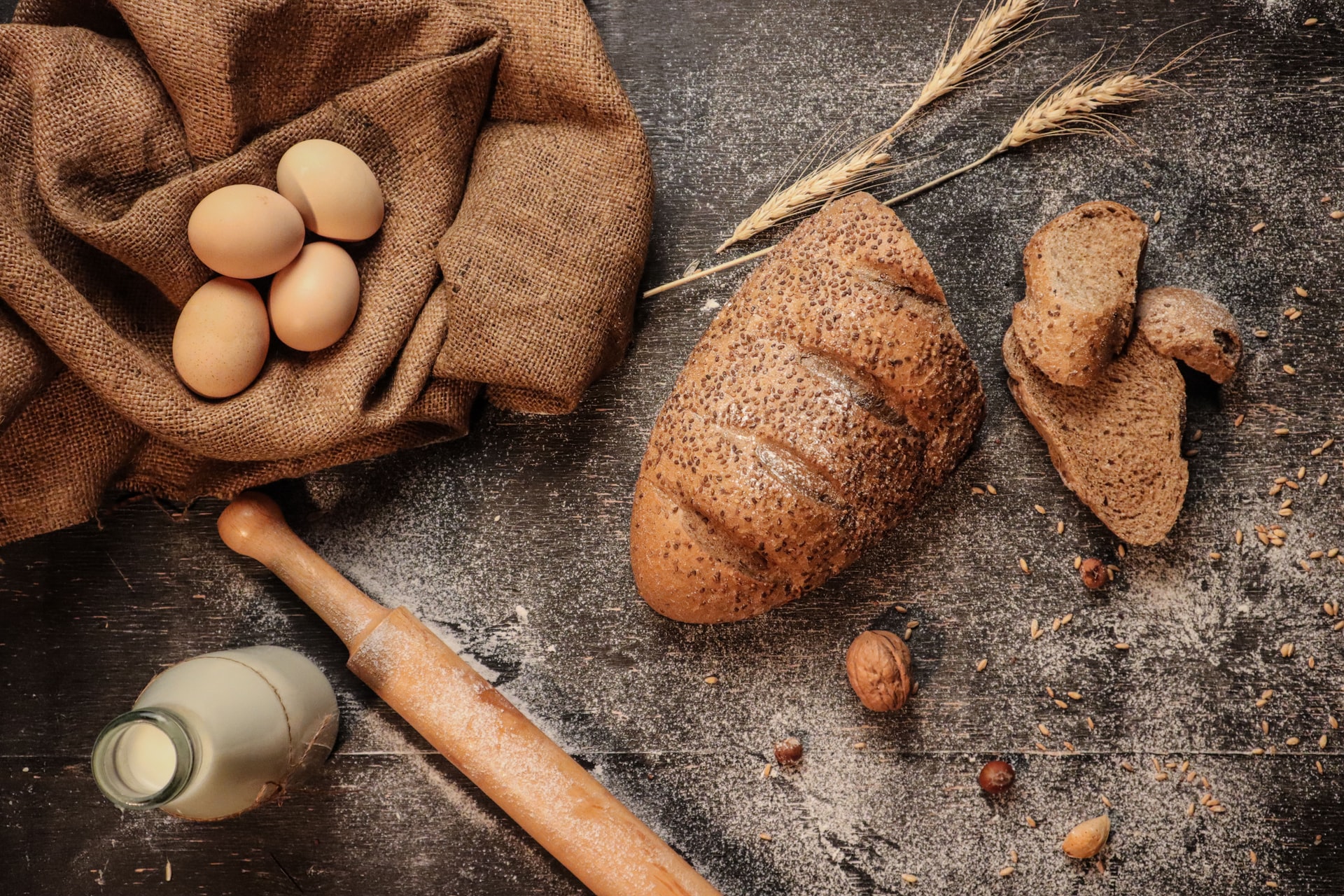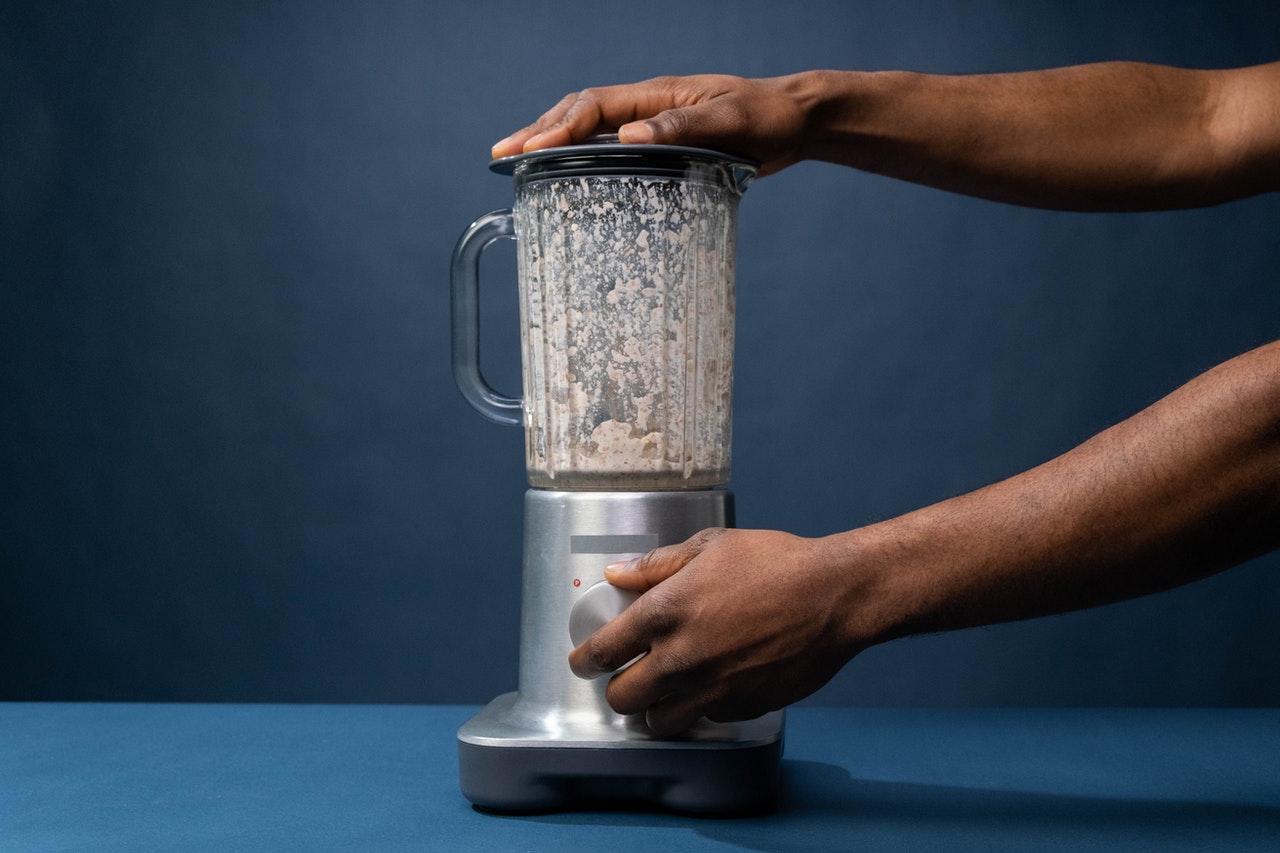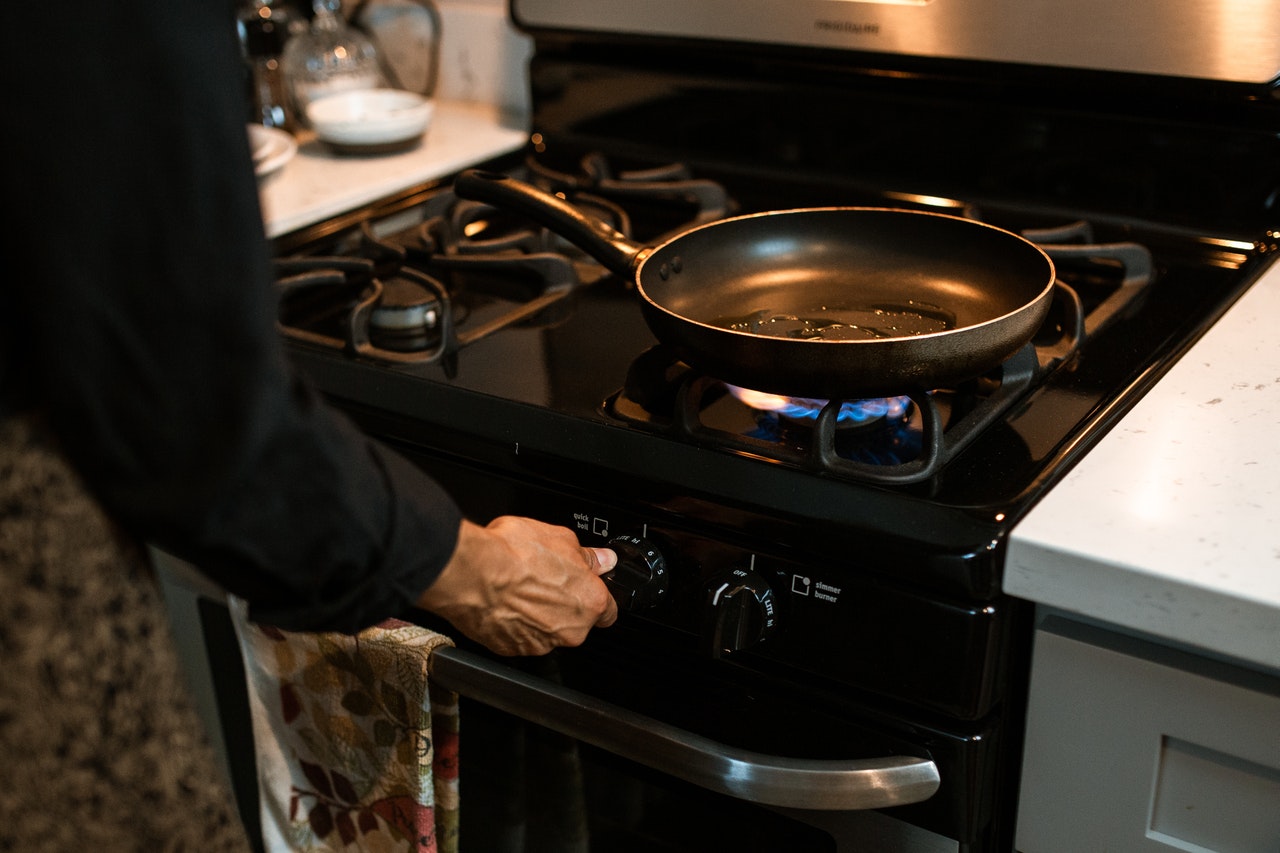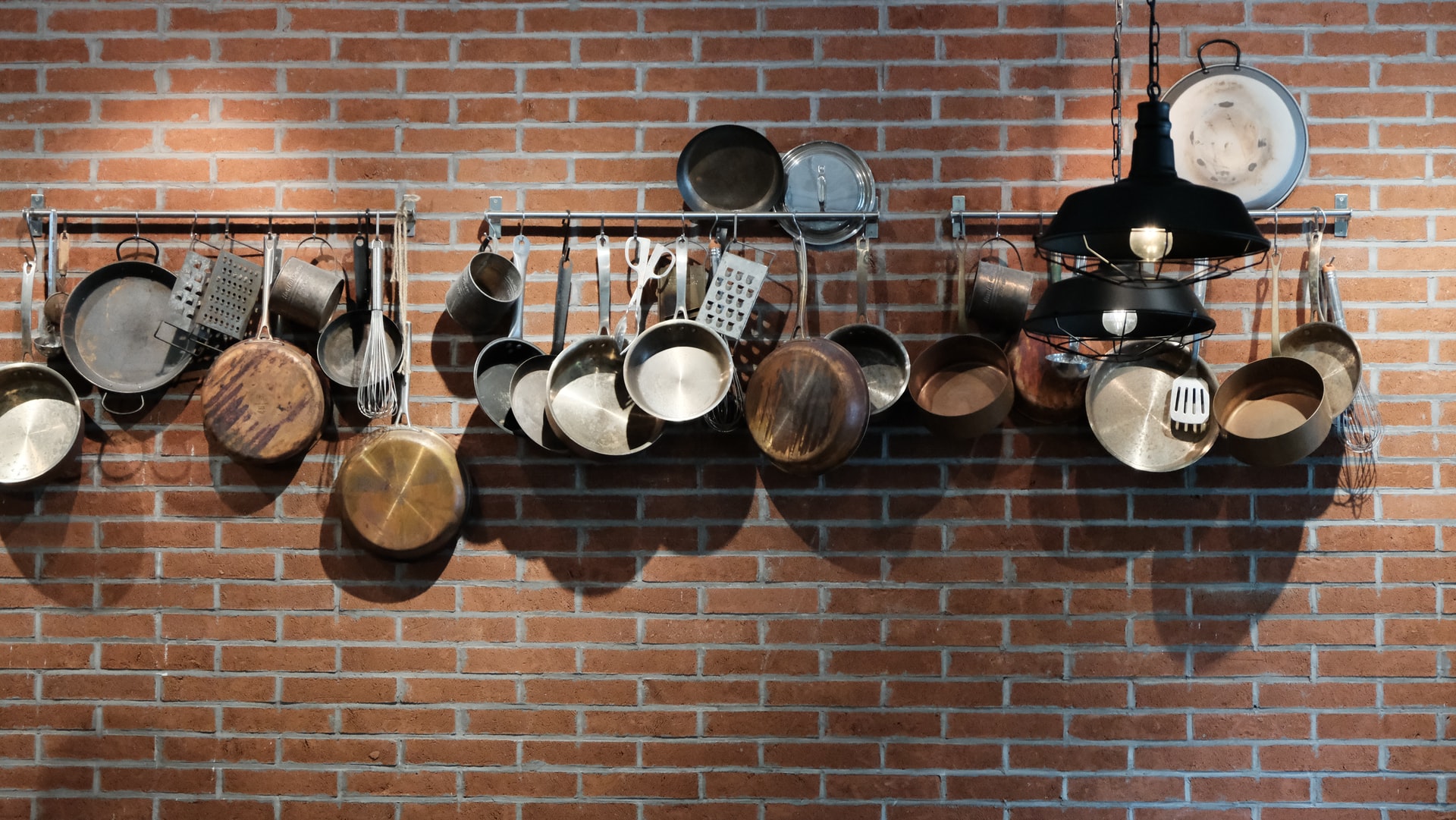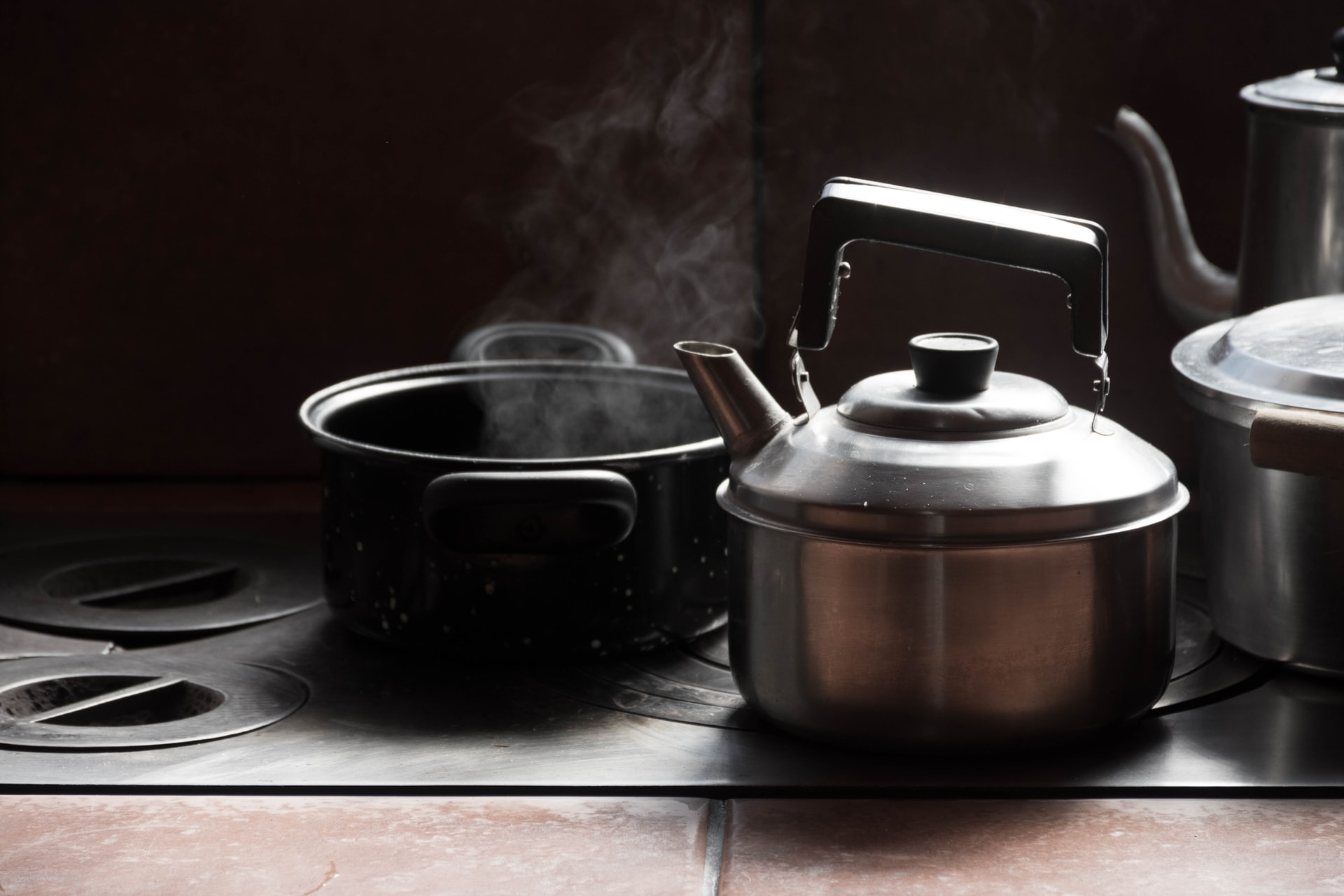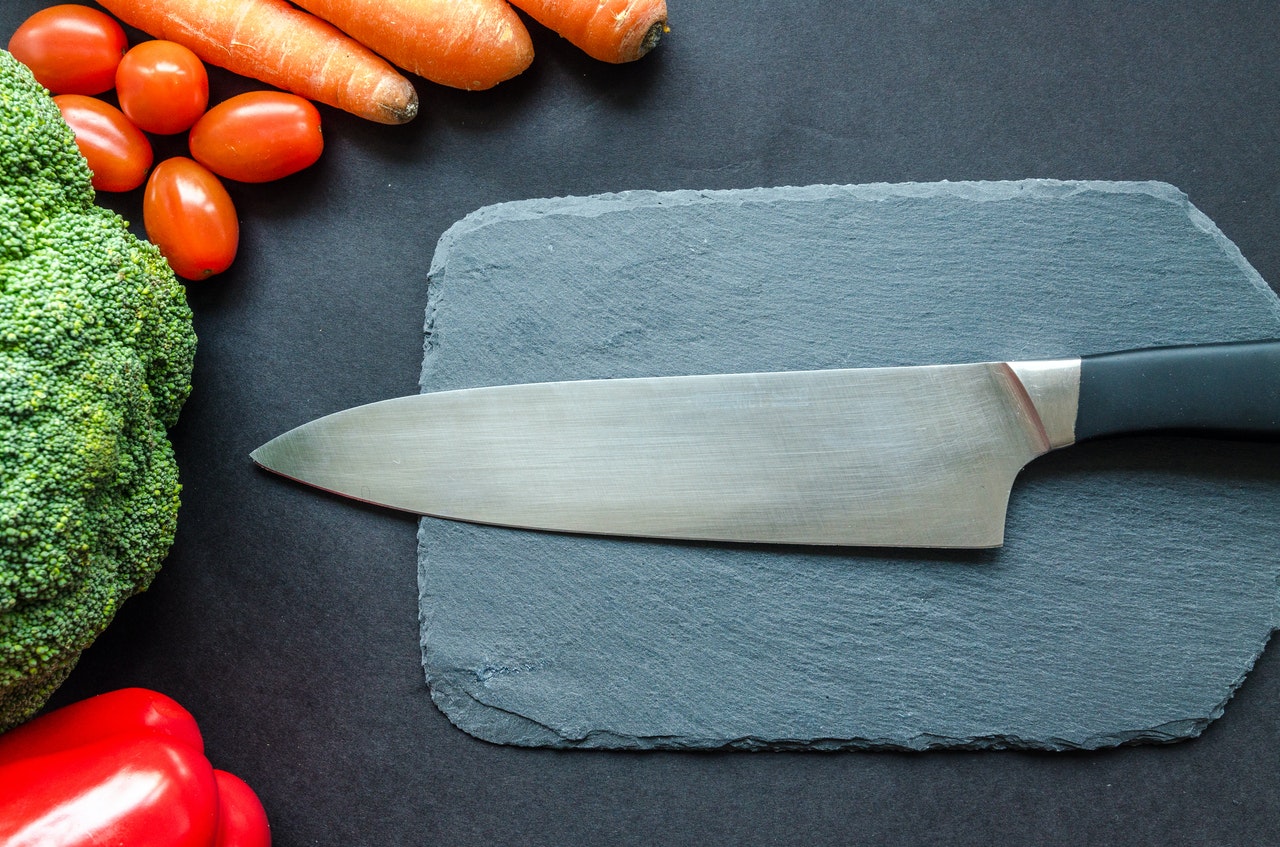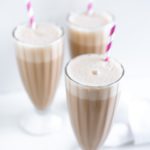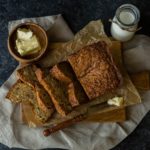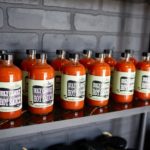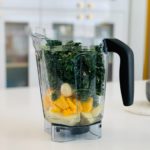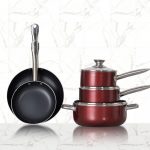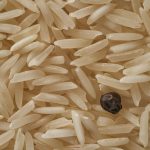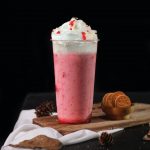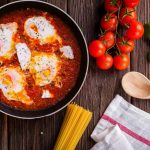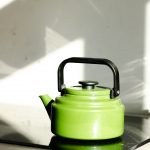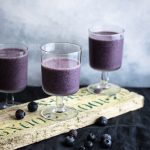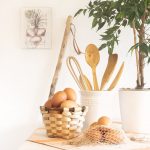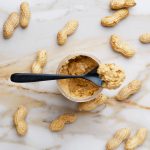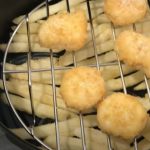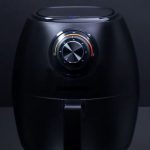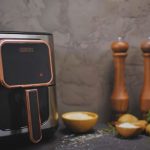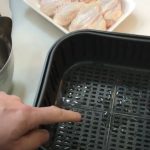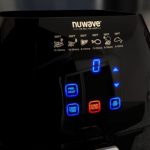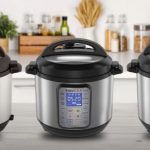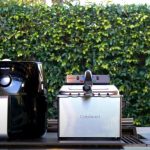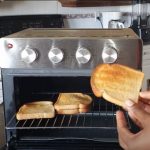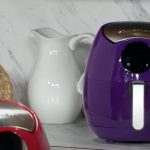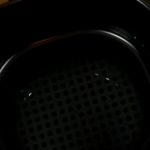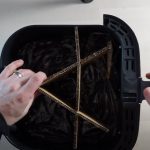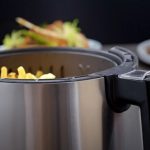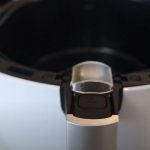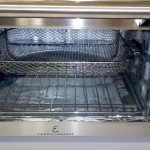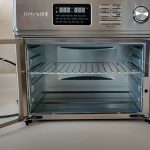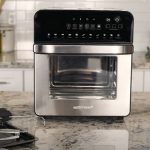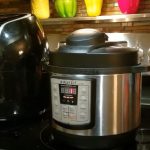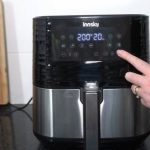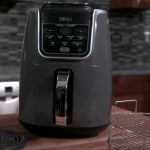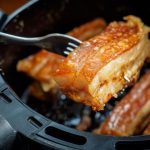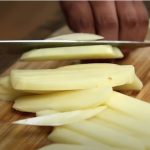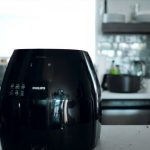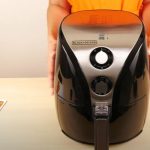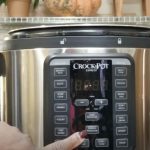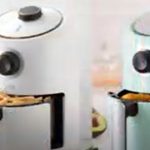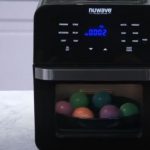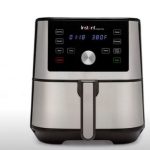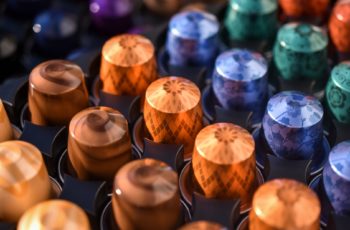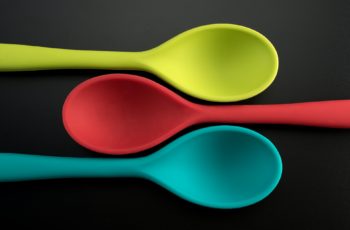Top 3 Best Wood Cutting Boards for the Home Kitchen
Looking for the best wood cutting board material?
A cutting board is the most important tool for any cook, so it’s important to find the right one. In this article we are going to explore the most common materials for cutting boards and the pros and cons of each.
Wood cutting boards can be made from a number of varieties of wood, including maple, beech, walnut, and cherry. Wooden cutting boards are usually more expensive than plastic ones, but they can be a good choice for people who are concerned about potential bacterial contamination on plastic boards.
Why is Wood Cutting Boards Superior to other Materials?
Although it may seem like plastic is a much more hygienic option for a cutting board, in the long run wood will perform better and remain more sanitary.
The reason behind this is due to the nature of the woods used in cutting boards and their natural anti-bacterial properties.
Wood also has the ability to naturally heal any scratches or scars left behind by knives or cleavers. This is preferable to alternatives like plastic, as most cannot self-heal any cuts which leaves opportunities for bacteria to grow and fester.
Some woods are also stain resistant, which you will find is an important characteristic in the long term. Wood boards tend to remain looking aesthetically pleasing with fewer stains and fewer cuts.
Best Type of Wood for a Cutting Board
Now you know why you should be looking to purchase a wood cutting board, the next decision you will need to consider is what type of wood you should purchase.
Here we will be looking at the different varieties of wood options you have and the pros and cons of each.
Maple
Maples sounds good and lives up to its reputation as one of the preferred varieties of wood for cutting boards. Maple comes in both hard and soft options, however for cutting boards we recommend using the hard maple option. They generally tend to be more scratch resistant and less likely to absorb any coloration left from your food.
Maple is a closed-grained wood that is favored due to the small pores in the wood. This produces anti-bacterial properties and results in less moisture being absorbed into the cutting board. This is critical to prevent any warping of the board.
The only potential downside to Maple, is that you will need to maintain the board more frequently than other options to maintain its condition.
Teak
Teak is another good option for a wood cutting board.
Teak is known for its hardness and therefore makes a great cutting board. The hardness allows you to cut into the wood over and over again. However, the toughness of the wood also produces a problem. Teak can sometimes be too tough. And if you have expensive knives that you care about, using a teak cutting board repeatedly can potentially blunt your knives quicker.
Walnut
Is probably one of the softer woods for making a cutting board. This is ideal for when you have invested in high quality knives and you want to protect the edge and ensure the longevity of the knife.
However, there is generally a trade off when you opt for the extremes of the soft-hard spectrum. Softer woods means it has the potential to scratch and scar easier than other harder woods. It also means Walnut has larger pores, which in turn could result in unwanted bacterial growth on the boards surface.
A positive with walnut cutting boards is that they require less maintenance and tend to be the less likely to shrink over time. This means you only need to condition the board every quarter of a year or so.
Beech
Beech sits happily in the middle of the spectrum. It is considered a semi-hard wood and is a good safe option for a wood cutting board.
It is a food-safe closed grain wood that is hard, but not too hard that it will blunt your knives.
Due to its closed pore nature, it possesses good anti-bacterial and anti-stain properties to ensure your board looks great for years.
One of the downsides to Beech is the coloration of the wood. It is generally a paler color when compared to the other options and therefore can stain easier.
The Best Wood Cutting Boards for the Home Kitchen
In this section we will go through a few of our favorite wooden cutting boards.
| Image | Title | Learn More |
|---|---|---|
Top | Sonder Los Angeles, Large End Grain Teak Wood Cutting Board, 17x13x1.5in with Sorting Compartments, Non-Slip Feet, Juice Groove (Gift Box Included) | Learn more |
 | Kiso Japanese Cypress Hinoki Cutting Board, 16 x 10 x 1 Inch | Learn more |
 | AZRHOM Large Walnut Wood Cutting Board for Kitchen 17x11 Cheese Charcuterie Board (Free Gift Box) Extra Thick Reversible Butcher Block Chopping Board with Handles and Juice Groove | Learn more |
Large Walnut Cutting Board
This large walnut cutting board is a team favorite with ample space (17×11 inches) and rich American black walnut wood grain.
Fortunately this board comes pre-seasoned which is great for those who are short on time.
It is actually a reversible cutting board, which is handy for those times when you don’t want to have to wash and re-wash your board during your preparation of a meal.
One side of the board has a juice groove to catch any excess liquids and prevents any messes.
The design is one of beauty and functionality. It has built in inner handle grips at either end for easy use and safety (preventing the board from slipping out of your hands).
Being made out of walnut, it possesses all the benefits that come along with the grain such as anti-stain and anti-bacterial properties.
A solid board all round.
Pros
- extra large surface area to utilize for prep
- walnut grain with fantastic properties
- reversible board for easy use
Cons
- requires conditioning and maintenance for long use
- American black walnut, beautiful color and grain. Great choice for preparing or serving fruit, vegetables, meat or bread.
- Seasoned, Thick, Handcrafted – extra thickness provides perfect stability. Edge grain expert handcraft for top durability and resistance to stains. Carefully seasoned and finished with organic food-grade cutting board oil. Run your hand over it and you will feel the pleasing touch
- Chop-N-Slice, Reversible, Juice Groove, Handle Grips – featured with wide and easy-to-clean juice groove to catch excess liquid during food prep. This board is perfect for carving grilled brisket, beef, pork, or ribs at barbecues, or as a cheese board and charcuterie board. The built-in inner handle grips make it easy to grab and carry.
- Knife Friendly, Durable – this all-natural board has perfect solidity and softness to prevent from blunting your knives. As with all wood cutting boards, it may show some knife marks, but when cared properly (instructions in the box) it will preserve the rich color and be one the most lasting items in your kitchen.
- Perfect Gift – classic gifts for Housewarming, Weddings, Christmas, Birthdays, Mother’s and Fathers Day, or any other family holidays and special occasions. Buy with confidence and enjoy the touchable and lasting greatness!
Kiso Japanese Cypress Hinoki Cutting Board
Although we didn’t cover this particular wood grain above, we thought it would be worth including this wonderful wood cutting board in our favorites. The materials used to make this chopping board is 100% authentic Japanese Cypress, which is an extremely soft wood. This soft wood allows the knife’s blade to penetrate the surface, therefore protecting it from becoming blunt and warped.
The Kiso Hinoki Chopping Board is masterfully crafted using one-inch thick strips, and not multiple layers, like other inferior products. The Cypress wood also contains a natural compound called phytoncide which naturally resists mold and bacteria.
You would be hard-pressed to find a better complementary cutting board for Japanese Knives than the Kiso Hinoki board.
Pros
- very soft wood to protect your knives
- beautifully presented board
- soft, but also contains antibacterial properties – a huge plus in our books
Cons
- requires conditioning and maintenance for long use
- Made in Japan from 100% Authentic Japanese Cypress (Hinoki)
- Superior soft wood is prized for being gentle on Japanese and premium knives. Note that hinoki is NOT suitable for butchering or cleaving as it is easily dented.
- Crafted from full one inch thick strips of hinoki, not layered or multiple thin strips that make a lesser product.
- Renewably sourced and produced from famed Kiso and surrounding regions
Sonder Los Angeles Teak Wood Cutting Board
The Sonder Los Angeles Teak cutting board is a fantastic looking wood board that will be a showcase in your kitchen. You definitely won’t want to tuck this away in your kitchen cupboards with the wonderful wood grain design.
Being a teak board, it is durable and hard. What we love about this teak board is that it has self healing properties, which is hard to find in a board made out from teak.
The design is such that the knife’s edge goes between fibers rather than through them, which allows for it to close up and repair itself.
With the added bonus of juice groove all around the board’s edges, you won’t experience any spillages or messes.
In addition to the wonderful looks, the Sonder Los Angeles pride themselves in producing quality products. Therefore, they offer a like for like replacement if you feel your board is faulty within one year of purchase. You can be assured to buy with confidence with this board.
Pros
- fantastic looking wood grain board
- self healing and delicate on your knife’s edge
- one year replacement warranty offered by a quality brand
Cons
- requires conditioning and maintenance for long use
- Durability – Thoughtfully crafted to be the most functional board you will ever own with its multipurpose design. Artisan is an end grain constructed board, known to be extremely durable and highly desired for their self-healing properties. Each knife cut goes between the wood fibers, rather than cutting through them. These fibers close back up after the knife exits. Your knives are cutting on a naturally forgiving surface, keeping your knives edge sharper for longer.
- Deep Juice Grooves – No more messy countertops from liquids running off your board. Cleaning up after a meal is already enough work. Our built-in deep juice grooves will prevent water, juices, and grease from overflowing onto your countertop during meal prep and serving. Perfect for carving roast, brisket, or ribs at barbecues. The removable rubber feet allow for stability and the inner handles provide grip for easy carrying.
- Versatile Built-in Sorting Compartments – Three built-in sorting compartments designed to make meal prep easier than ever. No need to off-load your diced onions, chives, garlic, etc…onto extra dishes. Simply dice and slide into the compartment to clear your cutting surface and continue chopping. This side can also be used for entertaining as a charcuterie or crudite board. Try using the compartments for crackers, nuts, fruit, olives, and more.
- Space Saving – We understand kitchen space is limited and that is why we designed a board that serves multiple functions and is beautiful enough to be displayed on your countertop. Chop, prep, serve and entertain your way to happiness! We’re confident this will quickly become your favorite board.
- Small Business, Big Service – We are a small Los Angeles brand and our customers are our #1 priority. We cut no corners in our products and we will cut no corners in our support to you. Purchase with peace-of-mind knowing that we stand behind our products, and in the unlikely event of a manufacturing defect, we will replace your board free of charge within 1-year of your order. Warranty registration instructions included.
Final Verdict
If you are cooking in the kitchen you will eventually have to use a cutting board.
We always recommend using a wood cutting board compared to other options like plastic or glass.
It is generally the more hygienic option when compared to plastic boards. It will protect your knife’s edge unlike glass cutting boards.
They also look great in the kitchen giving a beautiful cottage feel.
